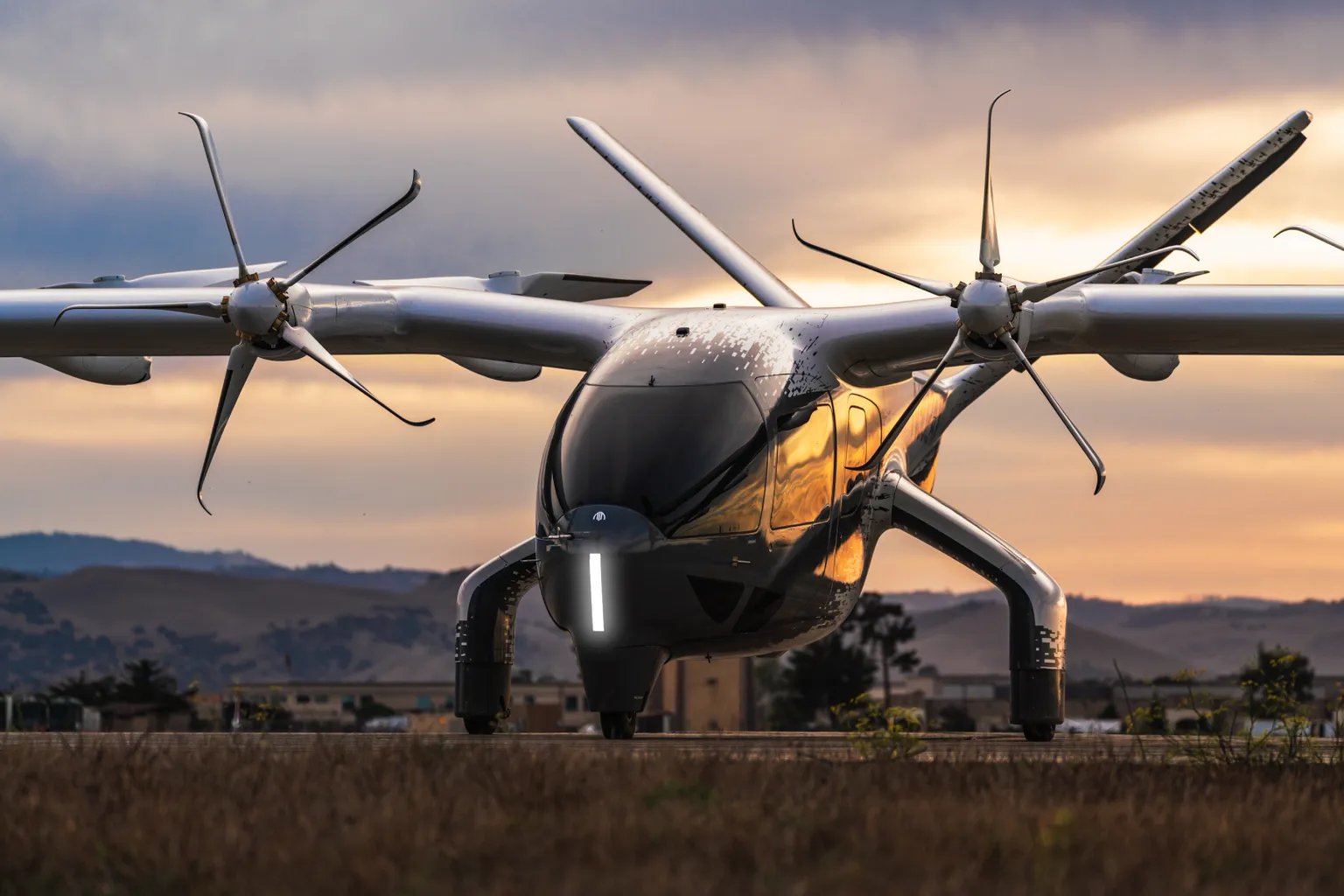When markets get jittery, high-growth stocks often take the biggest hits. But for investors with a stomach for volatility and an eye for transformative potential, these pullbacks can create exceptional opportunities.
Last Friday's market turbulence sent the S&P 500 down 1.13%, with growth stocks bearing the brunt of the selling pressure. Yet while headlines focused on geopolitical tensions, two companies quietly achieved major milestones that could define their next chapter of growth.

Image source: Getty Images.
Archer Aviation (ACHR +7.19%) and Viking Therapeutics (VKTX +8.92%) saw their shares decline 14.8% and 8.75%, respectively, during Friday's sell-off, but the underlying business momentum tells a very different story. Read on to find out more about these two innovative growth stocks.
Archer takes flight with unmatched momentum
The future of urban air mobility may arrive sooner than expected. Archer Aviation's latest funding round, bolstered by President Trump's executive order launching an electric vertical take-off and landing (eVTOL) Integration Pilot Program, puts the company at the forefront of a fast-tracked regulatory push to bring electric air taxis to U.S. cities. The White House directive accelerates Archer's path toward certification for its flagship Midnight aircraft.

NYSE: ACHR
Key Data Points
Armed with roughly $2 billion in liquidity, CEO Adam Goldstein now touts a "fortress balance sheet." Archer recently completed its first piloted flight of the Midnight aircraft, a conventional runway takeoff and landing that reached 125 mph and climbed above 1,500 feet. While not a full vertical transition, the flight marks a meaningful step toward FAA certification, validating key flight systems and control surfaces under real-world conditions.
Commercial momentum is also building. Archer's partnerships with United Airlines and its designation as the official air taxi provider for the 2028 Los Angeles Olympics add tangible near-term revenue potential. With more than $6 billion in customer orders, the company offers rare visibility into future cash flows for a pre-revenue aerospace firm.
Still, the certification landscape remains fluid. Competitor Joby Aviation, backed by Toyota and the U.S. Air Force, is progressing along its aggressive timeline. FAA approval for an entirely new aircraft category is a complex and nonlinear process. Until formal certification is achieved, investors should treat all timeline claims with cautious optimism.
Yes, certification risks remain real, but Archer's combination of White House backing, a $2 billion war chest, and concrete commercial partnerships creates an asymmetric risk-reward opportunity. With United Airlines' route network and Olympic showcase visibility already locked in, Archer offers investors a rare chance to own a potential category leader before the air taxi market takes flight. For those willing to stomach pre-revenue volatility, the risk-reward calculus increasingly tilts in Archer's favor.
Viking's experimental obesity drug faces temporary headwinds
The obesity drug market represents one of the largest pharmaceutical opportunities in history, with analysts projecting a $100 billion addressable market by 2030. Viking Therapeutics sits at the center of this revolution with VK2735, a dual GLP-1/GIP receptor agonist that achieved remarkable results in earlier clinical trials.

NASDAQ: VKTX
Key Data Points
Phase 2 Venture study data for the drug's subcutaneous formulation showed weight reductions of up to 14.7%, results that put Viking's drug in the same league as market leaders such as Eli Lilly's Zepbound. Yet Viking's stock has pulled back by more than 35% in 2025, creating what appears to be a significant disconnect between clinical progress and market valuation.
The company's last stated cash position of $852 million provides a solid foundation to advance VK2735 through phase 3 development, which is expected to begin in the second quarter of 2025. Equally important, Viking recently completed enrollment in a phase 2 trial for an oral version of the drug, with results expected in the second half of 2025. If successful, an oral obesity medication could capture an even larger market share than injectable alternatives.
Here's the bottom line: Viking offers a rare opportunity to buy a potential obesity blockbuster at pre-phase 3 prices. At just a $2.92 billion market cap -- tiny for a company with a phase 3 obesity asset, especially one with best-in-class potential -- Viking trades at a fraction of what leading obesity players command.





